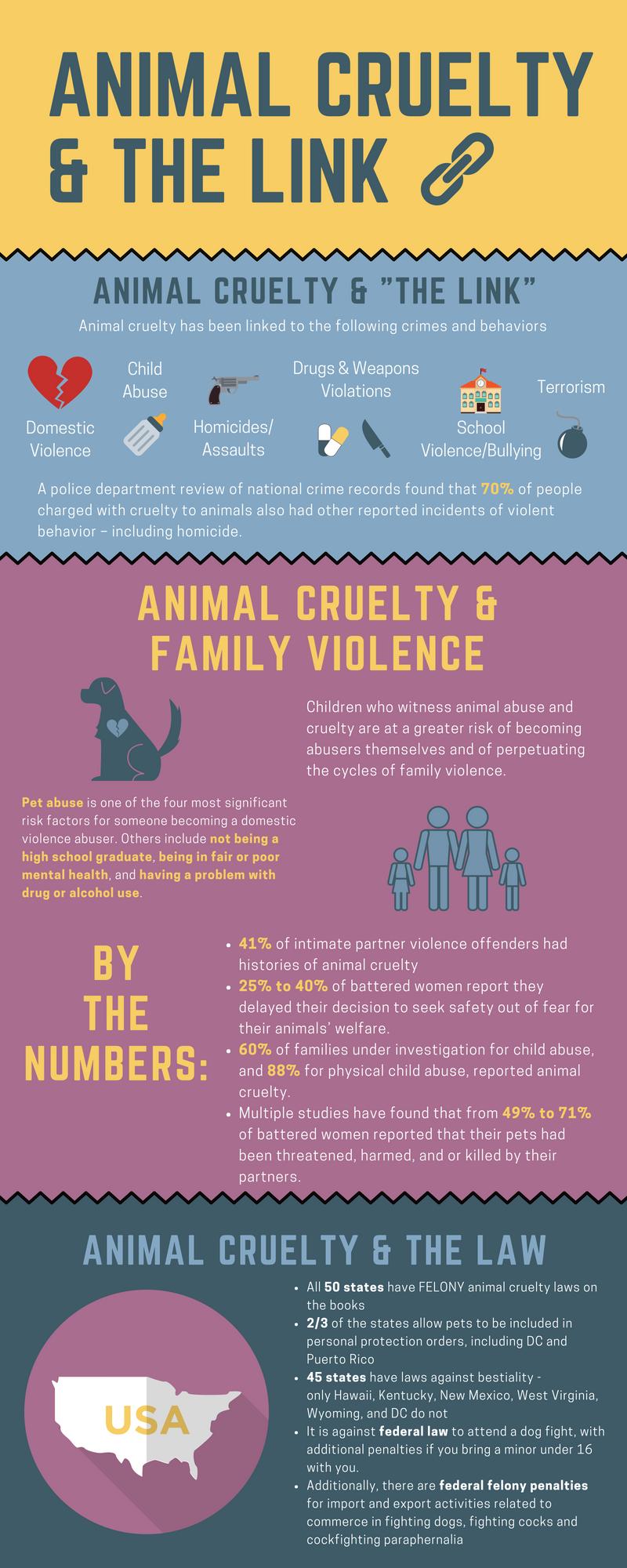Animal cruelty, a term that evokes visceral reactions and moral outrage, is often relegated to the realm of mere misdemeanors in legal systems worldwide. Yet, examining the phenomenon through both psychological and legal lenses unveils a more complex narrative—one that suggests animal cruelty is not merely a symptom of societal ill but, rather, a violent crime on par with other forms of violence against sentient beings. This exploration seeks to shift perspectives and provoke curiosity about the consequences of animal cruelty and its broader implications on society.
Understanding animal cruelty requires a nuanced perspective. At its core, animal cruelty encompasses a range of behaviors, from neglect and abandonment to deliberate acts of violence. It manifests itself in various forms, such as physical abuse, psychological torment, and even systemic exploitation through industries that prioritize profit over humane treatment. Each of these categories of cruelty raises a critical question: does the suffering experienced by animals equate to violence akin to that inflicted on human victims?
The psychology underpinning animal cruelty is multifaceted and revealing. Numerous studies link the abusive treatment of animals to deeper psychological disturbances. Conduct disorder and antisocial personality disorder can often reveal themselves in a history of violence toward animals. This disturbing correlation suggests that those who perpetrate violence against animals may be more likely to engage in violent acts against humans. One only needs to glimpse into psychological literature to discern a consistent motif: cruelty toward animals often foreshadows cruelty towards people. For instance, the FBI has long recognized that serial killers frequently exhibit a history of animal abuse, positioning animal cruelty as a precursor to more heinous crimes.
From a legal standpoint, the classification of animal cruelty remains inconsistent across jurisdictions. In many states, acts of animal abuse are categorized as misdemeanors, with penalties that fail to reflect the severity of the crime. Such legal frameworks inadvertently trivialize the suffering inflicted on animals and stymie societal recognition of the intrinsic value of all sentient beings. Furthermore, an essential question remains—why do our legal systems often fail to recognize the parallels between violence against animals and violence against humans?
Legally speaking, the definition of violence is contentious, bolstered by varying interpretations. Traditionally, criminal law is steeped in the philosophy of harm to human beings as the primary concern; animals, in many respects, are viewed as property rather than sentient entities deserving of protection. This philosophical undercurrent renders animal cruelty somewhat invisible within the legal realm. Campos such as tort law operate on the premise of property laws, creating a landscape where the injury to an animal is likely seen as damage to the owner’s property rather than a violation of an individual entity’s rights.
However, a paradigm shift is gradually taking place. Increasingly, animal rights advocates are pushing for a reevaluation of laws to reflect a more compassionate and ethical stance towards animals. This aligns with a burgeoning understanding in the public psyche that animal suffering is a legitimate issue that warrants serious attention and protest. Educational initiatives aimed at increasing awareness around the psychological and ethical ramifications of animal cruelty are vital in fostering empathy and a sense of moral responsibility among individuals.
The societal implications of animal cruelty extend far beyond the individuals committing these acts. The normalization of such behavior can cultivate a culture of violence where empathy is repressed, leading to a desensitization toward suffering. Essentially, when society turns a blind eye to animal cruelty, it inadvertently validates a lack of moral accountability that can seep into human interactions. Hence, understanding animal cruelty as a violent crime goes beyond acknowledging the rights of animals; it encompasses the protection and nurturing of societal values that promote compassion and empathy.
One cannot help but reflect upon the legal and psychological ramifications of considering animal cruelty as a violent crime. If the societal consciousness surrounding animal welfare were to shift, leading to stricter penalties and improved legal definitions, the repercussions could be profound. A heightened sense of accountability may foster an environment in which potential offenders are deterred not just from abusing animals but from engaging in any form of violence. This perspective casts a new light on how animal welfare and human safety are inextricably linked, offering a compelling argument for reexamining current legal structures.
Moreover, addressing animal cruelty from a psychological viewpoint uncovers layers of understanding about human behavior. Acknowledging the intricate bond between animal and human welfare may pave the way for more comprehensive social reform. As education systems integrate humane education, rising generations may cultivate a sense of empathy, resulting in decreased rates of violent behavior towards both animals and humans alike. This holistic approach to understanding animal cruelty offers a hopeful path forward, where shifts in attitude can be mirrored in the law.
In conclusion, the question “Is animal cruelty a violent crime?” transcends mere semantics. It envelops a myriad of ethical, psychological, and legal dimensions that deserve thorough exploration. The intersection of animal welfare and human violence calls for a critical assessment of our societal values. Recognizing animal cruelty for what it is—a violent crime—challenges us to elevate our standards, redefine our laws, and ultimately, reshape our societies. The journey toward promoting empathy for all beings is not only an act of kindness but a necessary evolution towards a more compassionate world.






